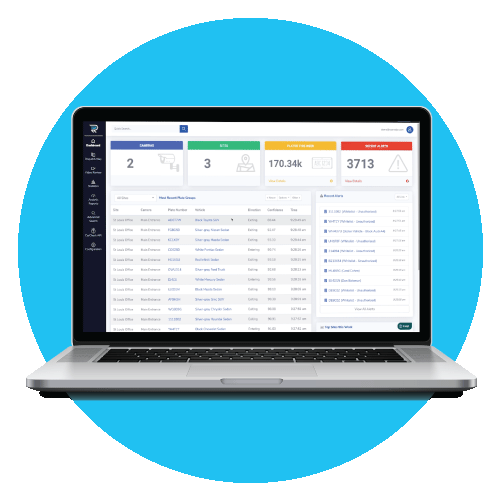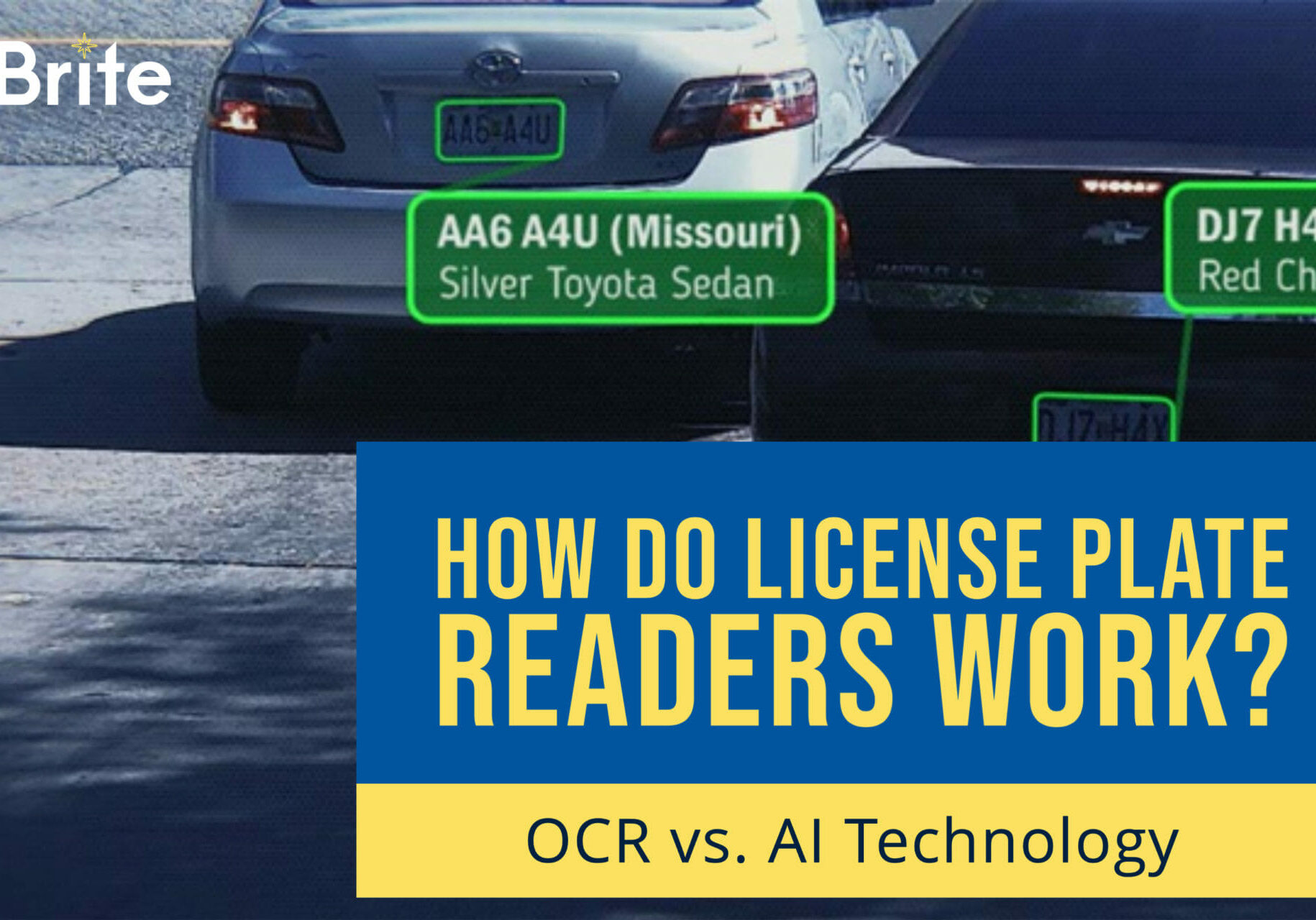How Do License Plate Readers Work: OCR vs. AI Technology
May 12, 2020
LPR technology has become a staple in law enforcement – how do license plate readers work? The powerful addition accelerates investigations and lead generation. While the vast market of LPR systems operates off of similar, outdated setups, today, we want to talk about the evolution of LPR software and how agencies can take advantage of the powerful changes.
This blog is going to cover:
- How LPR technology works
- OCR vs. AI software
- Use Case: Using AI for LPR with Rekor and Rekor Watchman
How LPR technology works
License plate reader technology captures license plates and, depending on the system, vehicle information (make, model, color). To capture the vehicle, systems utilize a combination of mobile or fixed cameras, a processing server and backend software.
The data gathered provides extensive benefits including (but not limited to) analytics, area-specific movement tracking and hotlist vehicle notification. Overall, LPR technology aids in increasing lead generation, leading to more solved cases.
OCR vs. AI
A key differentiator in platforms is the backend software used for capturing and identifying plates. For more than 20 years, Optical Character Recognition (OCR) technology has been prominent. OCR recognizes numbers and letters through images from high-end, expensive hardware with an accuracy range average between 80-85%. In addition to the high cost, the hardware is also limiting the data gathered due to the camera having to be focused on a specific location. While OCR has provided valuable technology to the LPR industry, it has limitations compared to new software.
Artificial Intelligence (AI) and machine learning brings an innovative approach to license plate recognition. A simple way to understand how AI works with LPR is – if the human eye can see it, the AI software can read and capture the characters on a plate. AI offers the capability to use both images and video for reads leading to a 99.02% accuracy rate.
A big differentiator between the two options is the cost. In the public safety space, we understand that departments are on a fixed, allocated budget, therefore, maximizing a product within a cost is critical. OCR solutions require expensive, single-purpose hardware, which then leads to limited deployments. Whereas AI solutions can utilize existing commodity hardware.
Use Case: Using AI for LPR with Rekor and Rekor Scout

Rekor Scout Interface
In case you missed the news, we recently partnered with a new LPR provider – Rekor Systems. The Rekor Scout solution implements Open ALPR software using AI and machine learning to capture license plates.
The Rekor Scout software provides valuable insight beyond a simple plate reading and image. Other vehicle variables are captured natively, just like the human eye processes an image. Rather than running a license plate through the system to match a VIN number, the software reports on what it natively sees in the image or video. Variables collected include vehicle, the direction of travel, time of reading and confidence of the read.
Rekor’s innovative approach is changing the LPR space. The enhanced capabilities and accuracy from AI and machine learning in combination with the opportunity to utilize existing IP, traffic or surveillance cameras help to maximize the investment for departments.

